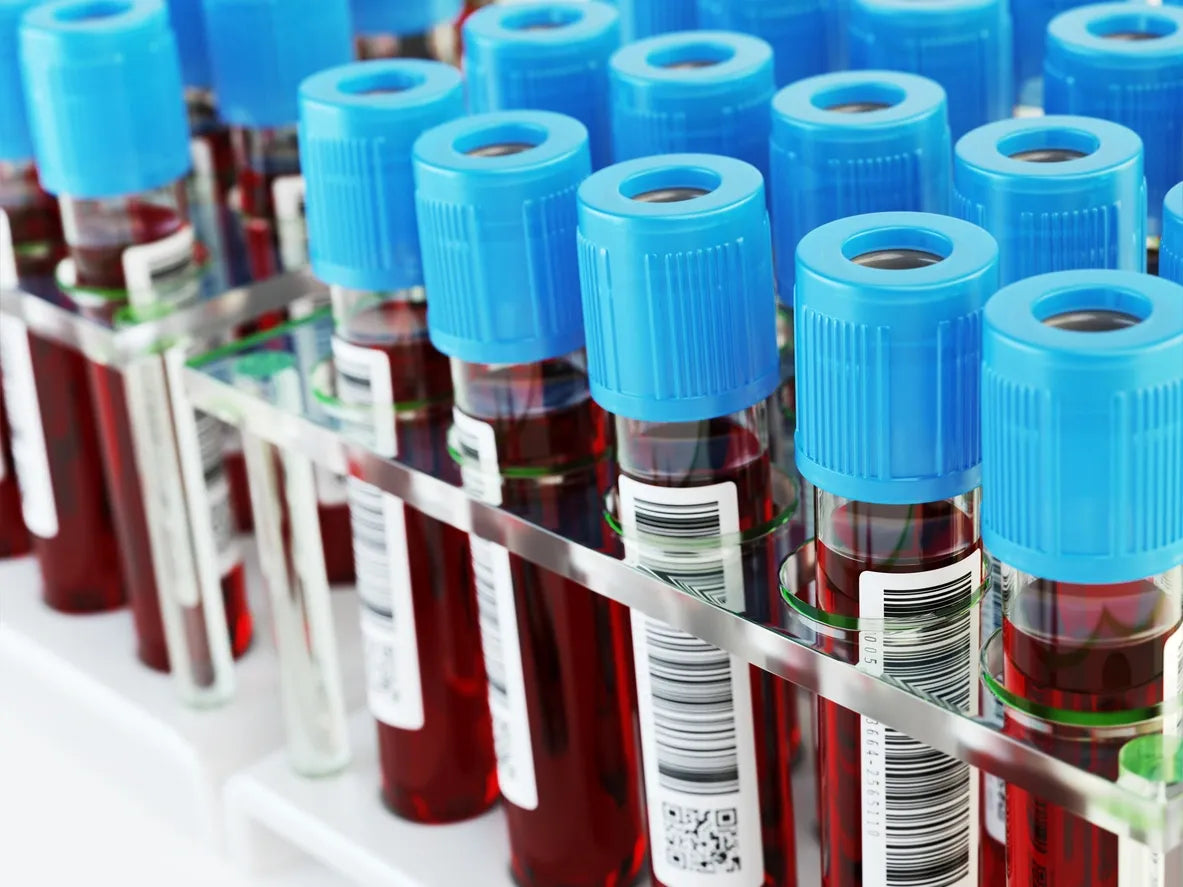
Understanding Endocrine and Metabolic Conditions
Learn about a wide range of hormonal, adrenal, thyroid, and metabolic conditions. Each article provides clear, concise information to help you better understand the causes, symptoms, and potential health impacts of these disorders.
Cushing’s Syndrome
What is Cushing’s Syndrome?
Cushing’s syndrome is a rare condition caused by prolonged exposure to high levels of cortisol, a hormone produced by the adrenal glands. Cortisol is vital for various body functions, including regulating metabolism, controlling blood sugar levels, and helping the body respond to stress. However, too much cortisol can lead to serious health issues. Cushing’s syndrome can be caused by external factors, such as taking oral corticosteroid medications for conditions like asthma or arthritis, or it can be due to an overproduction of cortisol by the body itself.
Types of Cushing’s Syndrome
- Exogenous Cushing’s Syndrome: This type occurs when high cortisol levels are caused by long-term use of corticosteroid medications, which are often prescribed to treat inflammatory conditions.
- Endogenous Cushing’s Syndrome: This type occurs when the body produces too much cortisol, often due to a tumor in the pituitary gland (called Cushing’s disease), adrenal tumors, or other causes of excessive cortisol secretion.
Causes of Cushing’s Syndrome
- Pituitary Tumors (Cushing’s Disease): A benign tumor in the pituitary gland produces excessive amounts of adrenocorticotropic hormone (ACTH), which stimulates the adrenal glands to produce too much cortisol.
- Adrenal Tumors: Tumors in the adrenal glands can directly increase cortisol production, leading to Cushing’s syndrome.
- Ectopic ACTH Production: Some tumors located outside of the pituitary or adrenal glands, such as lung cancers, can produce ACTH, stimulating excess cortisol production.
- Corticosteroid Medications: Long-term use of medications like prednisone or dexamethasone can mimic Cushing’s syndrome by artificially raising cortisol levels in the body.
Symptoms of Cushing’s Syndrome
The symptoms of Cushing’s syndrome can vary but typically include:
- Weight Gain: Especially around the face, neck, and upper back, with thinning of the arms and legs.
- Moon Face: A round, puffy face is a common symptom.
- Buffalo Hump: A fatty hump that develops at the base of the neck.
- Skin Changes: Thinning skin, easy bruising, and the formation of purple stretch marks (striae).
- Muscle Weakness: Particularly in the arms and legs.
- Fatigue: Chronic tiredness and a lack of energy.
- High Blood Pressure: Elevated blood pressure is common in individuals with Cushing’s syndrome.
- Diabetes: Increased blood sugar levels may develop, leading to insulin resistance or even diabetes.
- Mood Changes: Anxiety, depression, and irritability are often reported.
- Irregular Menstrual Cycles: In women, Cushing’s syndrome can cause menstrual irregularities or even complete cessation of periods.
- Excessive Hair Growth: Women may develop hirsutism, or excessive hair growth, particularly on the face, chest, or abdomen.
Who is at Risk?
Cushing’s syndrome is relatively rare but can affect anyone. Some factors that increase the likelihood of developing the condition include:
- Chronic Corticosteroid Use: Long-term use of oral corticosteroid medications, such as prednisone, is the leading cause of Cushing’s syndrome.
- Pituitary Tumors: Individuals with a history of pituitary adenomas (benign tumors of the pituitary gland) are at risk for Cushing’s disease, a form of endogenous Cushing’s syndrome.
- Adrenal Tumors: Tumors or hyperplasia (overgrowth) of the adrenal glands can lead to excess cortisol production.
- Certain Cancers: Tumors elsewhere in the body, like small cell lung cancer, can produce ACTH and cause Cushing’s syndrome.
Diagnosis of Cushing’s Syndrome
Diagnosing Cushing’s syndrome involves a combination of physical examination, lab tests, and imaging studies:
- Dexamethasone Suppression Test: A common diagnostic test where dexamethasone (a synthetic steroid) is given to suppress cortisol production. If cortisol levels remain high after administration, it suggests Cushing’s syndrome.
- 24-Hour Urinary Free Cortisol Test: This test measures cortisol excreted in the urine over a 24-hour period. High levels suggest an overproduction of cortisol.
- Salivary Cortisol Test: Measures cortisol levels in saliva, which follow a natural circadian rhythm. Abnormal levels may indicate Cushing’s syndrome.
- ACTH Levels: Blood tests to measure the level of ACTH can help determine whether Cushing’s syndrome is caused by an issue with the pituitary (high ACTH) or the adrenal glands (low ACTH).
- Imaging: CT scans or MRIs are used to detect tumors in the pituitary or adrenal glands.
Treatment of Cushing’s Syndrome
Treatment for Cushing’s syndrome depends on the underlying cause:
- Surgery: If a tumor is causing Cushing’s syndrome, surgery may be performed to remove it. In cases of pituitary tumors, transsphenoidal surgery is commonly performed to remove the tumor.
- Radiation: If surgery is not successful or feasible, radiation therapy may be used to shrink pituitary tumors.
- Medications: Medications like ketoconazole, mitotane, or mifepristone can help control cortisol production, especially when surgery or radiation is not an option.
- Corticosteroid Adjustments: For individuals with Cushing’s syndrome caused by steroid use, adjusting or tapering down the corticosteroid medication under a doctor’s supervision is essential.
Managing Cushing’s Syndrome at Health Force One
At Health Force One, we provide personalized care for individuals with Cushing’s syndrome through:
- Comprehensive Evaluation: We offer thorough diagnostic tests, including blood work, imaging studies, and clinical assessments, to identify the root cause of cortisol overproduction.
- Endocrine Expertise: Our specialists offer expert management for individuals with Cushing’s syndrome, including hormonal therapy, medication adjustments, and post-surgical care.


